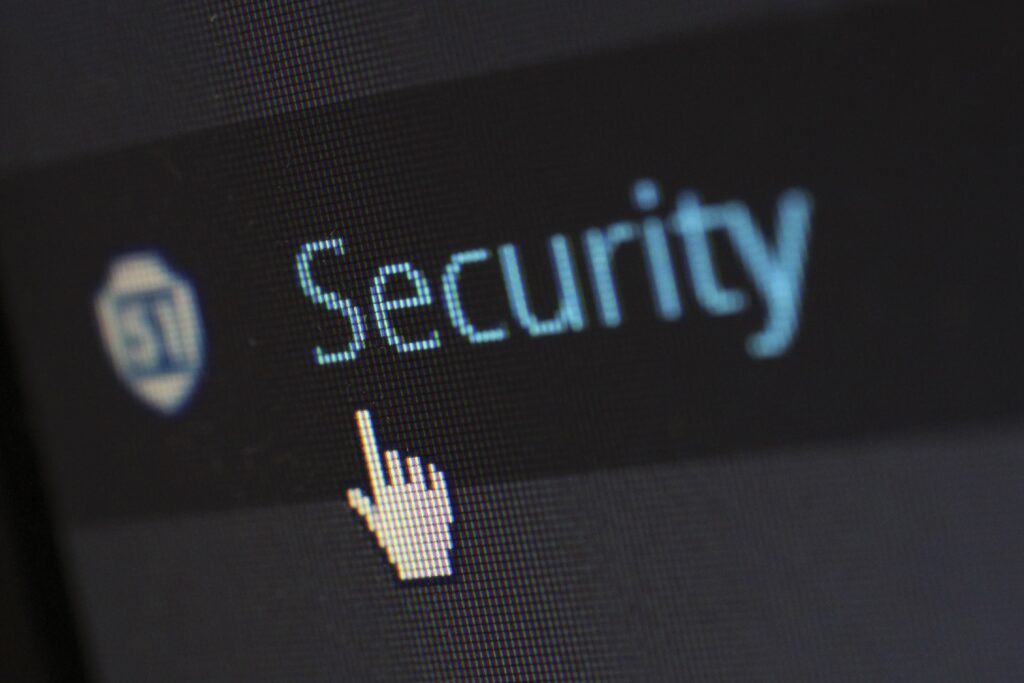A major challenge of the 21st century
Ensuring and improving water quality is a major challenge in the 21st century, which the United Nations has taken up with its 17 Sustainable Development Goals which aim to bring peace and prosperity for people and the planet by 2030. Meeting this challenge becomes even more complex during major events such as big sporting competitions, trade fairs and international meetings. Structurally, health risks are present everywhere in drinking water distribution networks for many reasons: ageing pipes, use of chemicals in the industry, accidents and terrorist risks. The large flows required for these major events greatly increase these risks.
Securing major events
Today, more than ever, major political, cultural and sporting events must be secured to prevent any risks of health and environmental contamination, whether intentional or not. As a public water network manager (public company or drinking water distributor), you are responsible, alongside the host cities, for the health and safety of the water network in your area. You must therefore ensure water security for major events in your city (exhibitions, conferences, etc.).
Measuring and monitoring for control
Through its Swiss subsidiary Neroxis, Birdz has designed a monitoring system that continuously ensures the quality of water distributed: KAPTA™. The performance of this solution is based on a patented multi-parameter measurement system that is connected, energy independent and totally secure.
KAPTA™ includes customised water quality observatory offers on key parameters such as chlorine, turbidity, pressure, conductivity and temperature.
The KAPTA™ system is simple and reliable, with an unrivalled lifespan, requiring no maintenance and operating without energy or chemical reagents. It is approved by the authorities and is part of the 2017 version of the ORSEC Water plan.
Contact us

